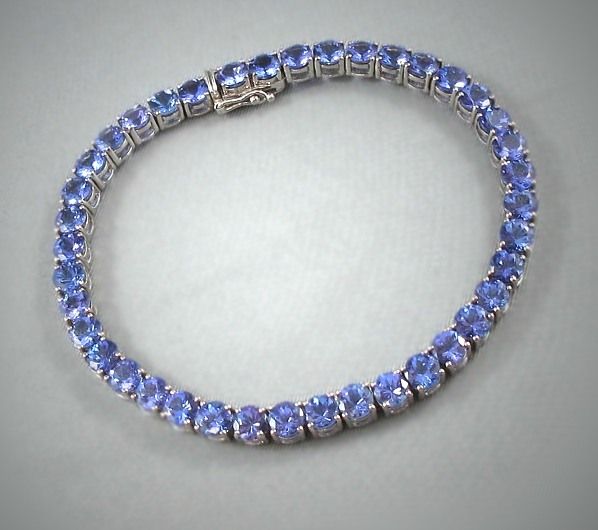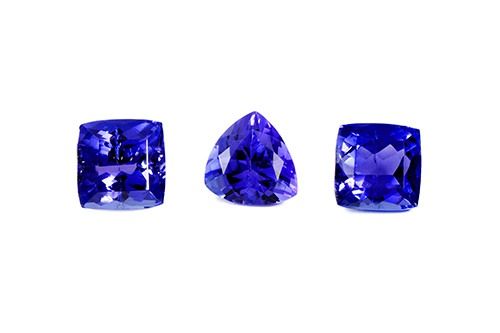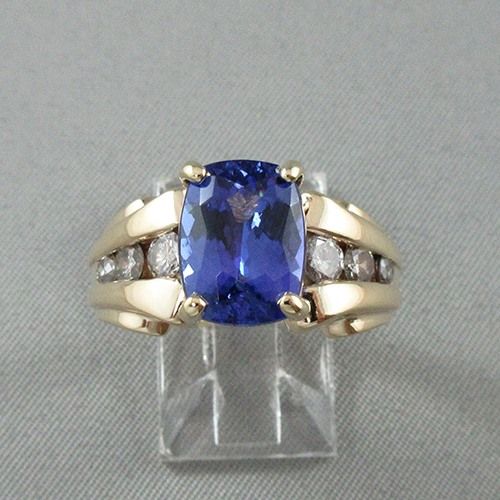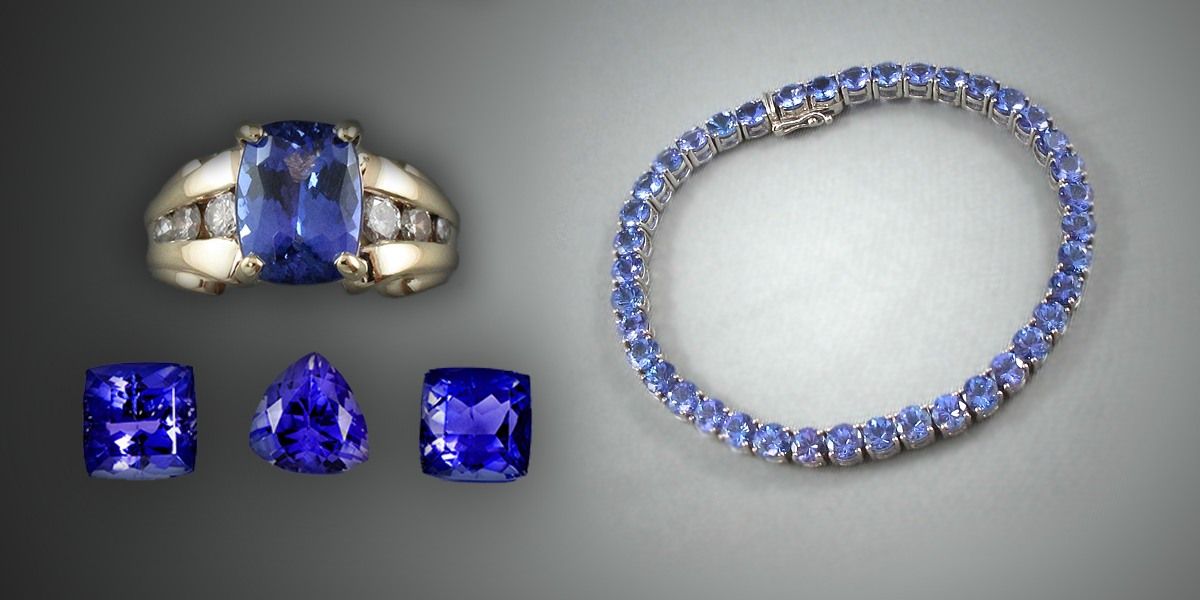Since 2002, tanzanite has been added as a birthstone of December. It sits with two other more traditional blue stones: turquoise and zircon.
Discovered in 1967 near Mount Kilimanjaro in Tanzania, to date, it is rarer than diamonds. The geological conditions are so unique in this East African country that the chances of finding another source are very low.


On extraction, it is brownish in color. In 99% of cases, it is heated to produce the blue tones and purple ones if desired. In 1967, scientists named it blue zoisite. As early as 1969, the Tiffany & Co. jewelry house marketed this new blue stone and the success have been quick.
The main quality criterion of tanzanite is its color. The more rich and saturated it is, the more valuable the stone. The most sought-after color is pure blue reminiscent of sapphire blue.
Tanzanite has two different colors when viewed from different angles and sources of light. In daylight, tanzanite is more bluish and in incandescent light, the stone is more purplish. A talented lapidary will be able to highlight the most desirable color.

The hardness of tanzanite is 6.5 at the Mohs scale – so it is a fragile stone. When set on a ring, we will have to think of protecting it from shocks.
The hardness of tanzanite is 6.5 at the Mohs scale – so it is a fragile stone. When set on a ring, we will have to think of protecting it from shocks.
Who says true?
From the famous TITANIC film released in 1997, we remember Leonardo DiCaprio and the necklace THE HEART OF THE OCEAN. The fictional story describes the gem as a rare blue diamond. In fact, blue diamonds never show such deep blue saturation. In 1998, the press also talked about a blue sapphire that Celine Dion would have worn. A few years ago, the TANZANITE FOUNDATION said that the necklace worn by Kate Winslet was set with a tanzanite! The truth remains to be discovered!

